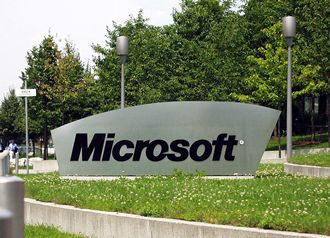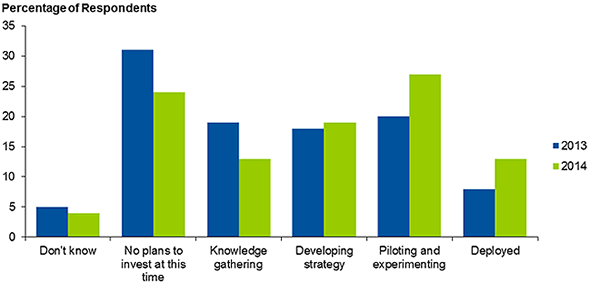 Apple’s super-bendy iPhone might not be a product of poor structural design at all, but problems might be down to psychic forces, according to top spoon bender Uri Geller.
Apple’s super-bendy iPhone might not be a product of poor structural design at all, but problems might be down to psychic forces, according to top spoon bender Uri Geller.
Geller who is an expert in bending metal objects with his mind says Apple’s bending iPhone 6 woes could be explained by “mental forces”.
Geller said there were two possible reasons for the phenomenon. Either the device is extremely thin so that it bends when even a weak force is implied on it.
However, Geller discounts this because he finds it hard to believe that a company of Apple’s stature hadn’t conducted tests on the thing before putting it into the shops. Otherwise Apple would just be a shonky company selling expensive gear crippled by the stupid ideas of an out of control, over powerful design team.
Instead, Geller’s theory is that the energy and excitement of the millions of consumers stirred up their mental forces causing the iPhone to bend.
He has offered to work for Apple to explain to the world that the phenomenon is not at all the company’s fault.
Geller has some experience in this apparently. Once he bent his Blackberry with the power of his mind.
We do not think Apple will take him up on it. It insists that only nine customers have complained that their phones went floppy after they stuck it in their pants.




















